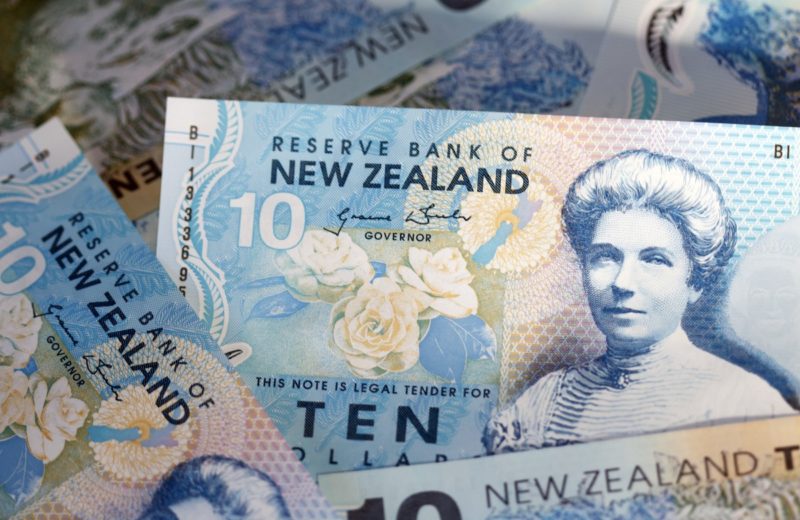Let’s check the market and the situation in the United States. Commodities-exposed currencies are the Australian dollar, South African rand, and the Norwegian crown. Thus, those currencies rallied particularly strongly. Yesterday they were all up 1%.
Moreover, last month, those currencies battered when investors dumped them for the safety of the United States dollar.
At a meeting, the Reserve Bank of Australia kept policy on hold. It was overnight after it already embarked on quantitative easing and slashed interest rates.
Analysts at MUFG made a note. They said there that the evidence continues to build that the lockdowns are proving effective at slowing the spread of COVID-19. Thus, the market participant’s focus is to begin a shift concerning how and when the lockdowns will ease.
On tentative hopes that lockdowns might be slowing the spread of the coronavirus in some countries, the riskier currencies rebounded. Thus, on Tuesday, the dollar lost its ground.
There are forecasts that the world’s biggest crude producers may cut supplies for supporting oil prices. Thus, those best boosted the market sentiment.
The United States Dollar
The United States dollar is the world’s reverse currency. Thus, it swung in volatile trading in recent weeks. Nevertheless, central banks made action to ease a mad scrambling for the United States dollars helping to calm the markets.
Versus a basket of currencies, the United States dollar was last down 0.6%. It mirrored improved sentiment of risk across markets of equity.
British Prime Minister Boris Johnson has issues about his health. Thus, all traders are waiting for the news concerning them. He is fighting a worsened coronavirus symptom in intensive care. Nevertheless, the sterling rallied.
It is the current situation in the international market. Let’s hope that situation will get better soon and the global economy will get back on the track.














